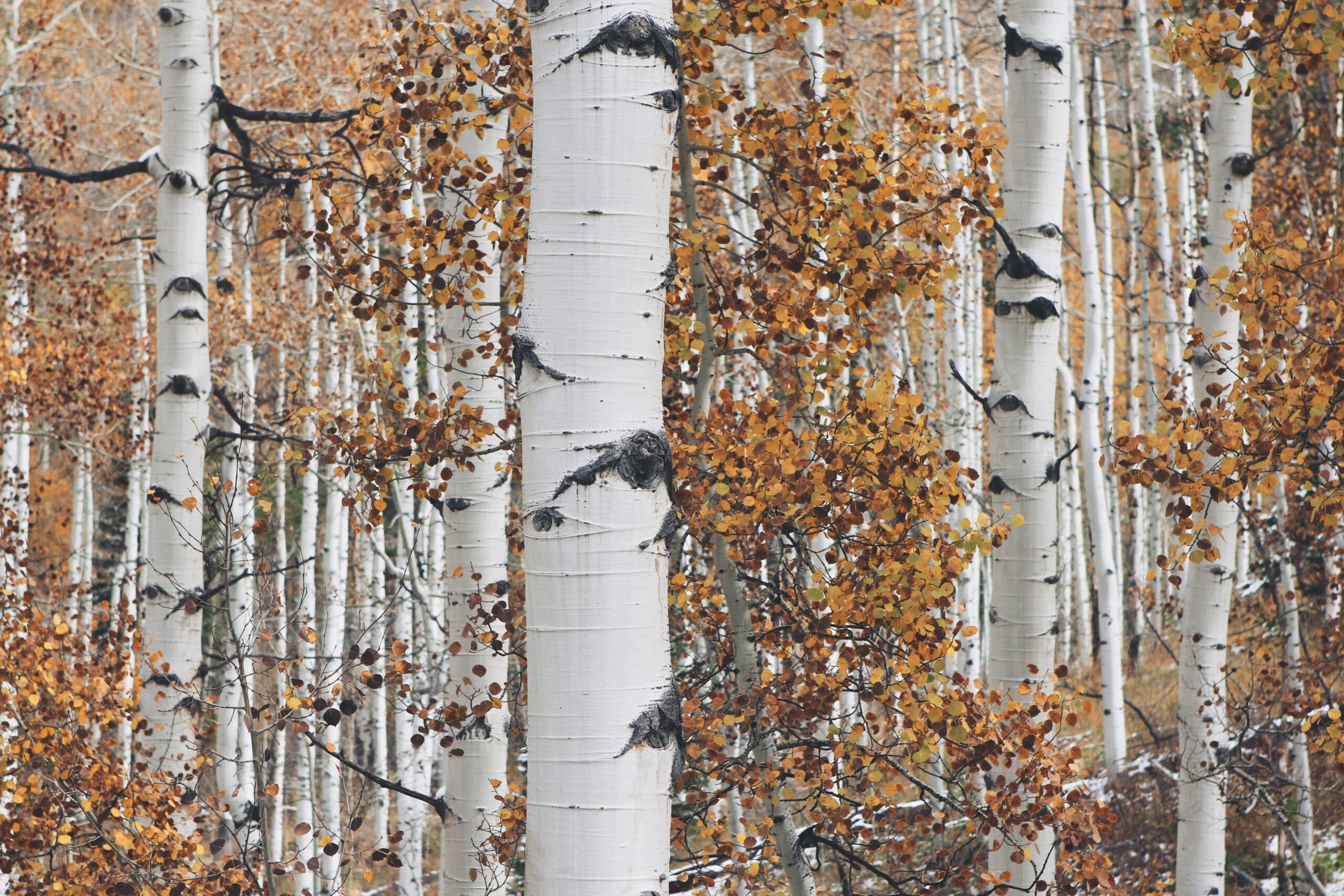Smooth bark trees add a touch of elegance and beauty to our natural surroundings. With their sleek and unblemished exteriors, they stand out among the textured and rough-barked trees. The bark of a tree can reveal fascinating details about its species and characteristics.
In this article, we will explore eleven fascinating trees known for their smooth bark, explain their unique bark characteristics and provide valuable insight on how to identify them in the wild.
1. Silver Birch (Betula pendula)
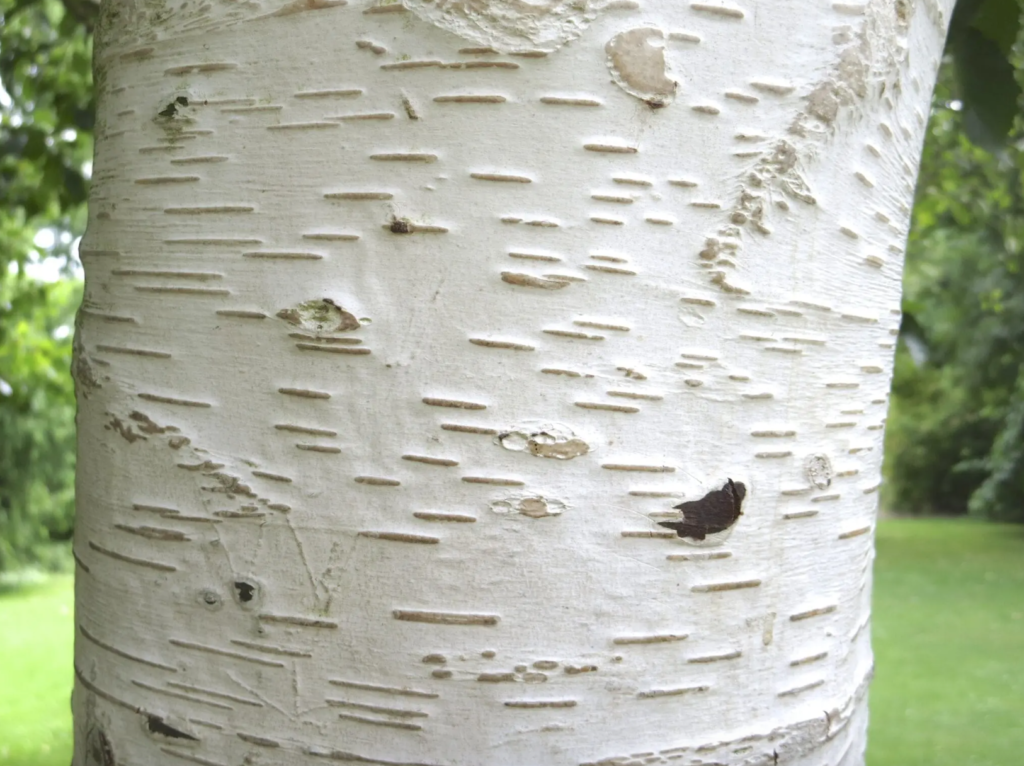
The silver birch is renowned for its striking white bark, which peels off in papery layers. Its smooth texture and distinctive color make it easily recognizable, especially against a backdrop of green foliage.
2. American Beech (Fagus grandifolia)
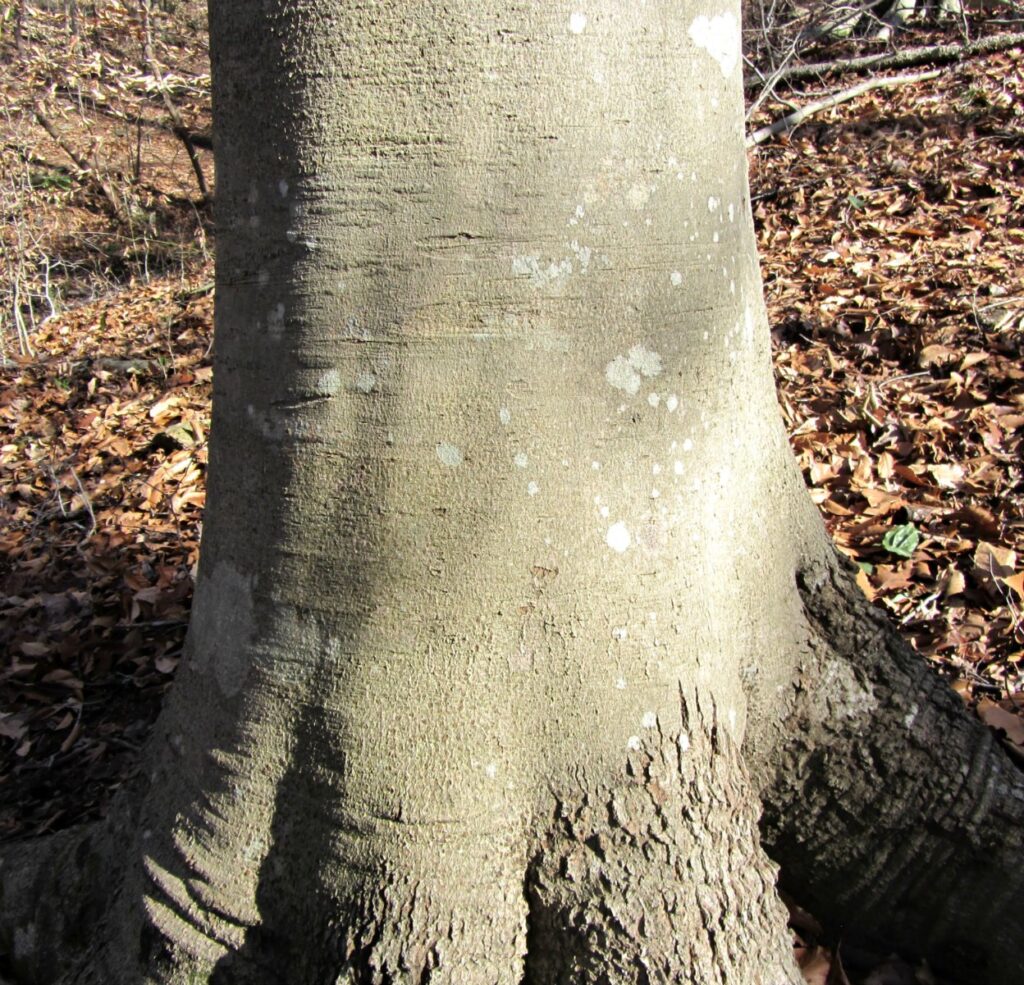
The American beech tree features a smooth, gray bark that develops with age. Its silvery-gray appearance creates a visually pleasing contrast in woodland landscapes.
3. European Hornbeam (Carpinus betulus)
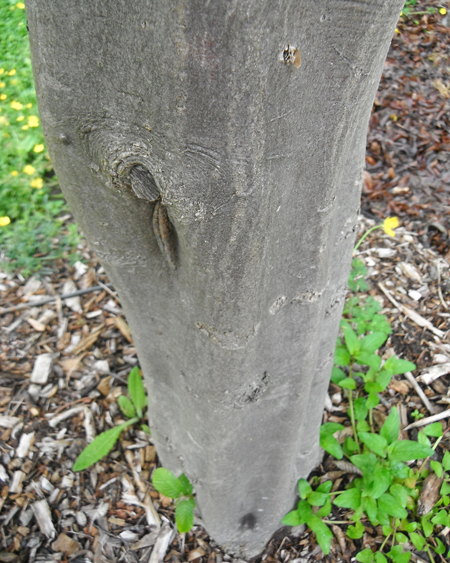
The European hornbeam showcases a smooth, gray bark that is often mistaken for the beech tree. However, it has prominent vertical striations that distinguish it from its lookalike.
4. Paperbark Maple (Acer griseum)
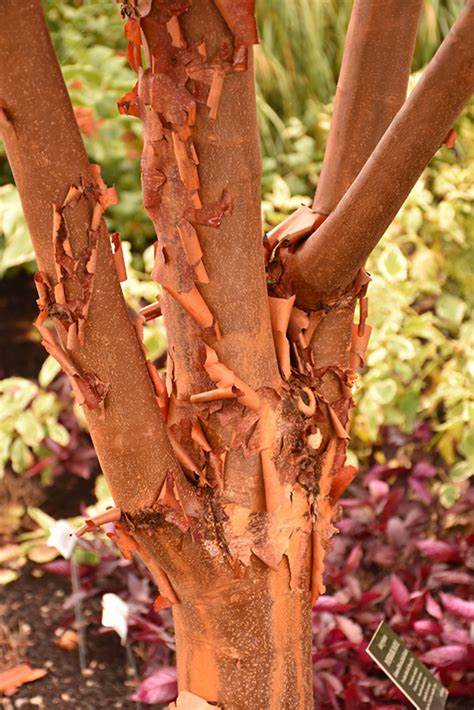
The paperbark maple boasts a cinnamon-colored bark that exfoliates in thin, papery sheets. Its smooth texture and captivating reddish-brown hue make it a favorite among tree enthusiasts.
5. Manzanita (Arctostaphylos spp.)
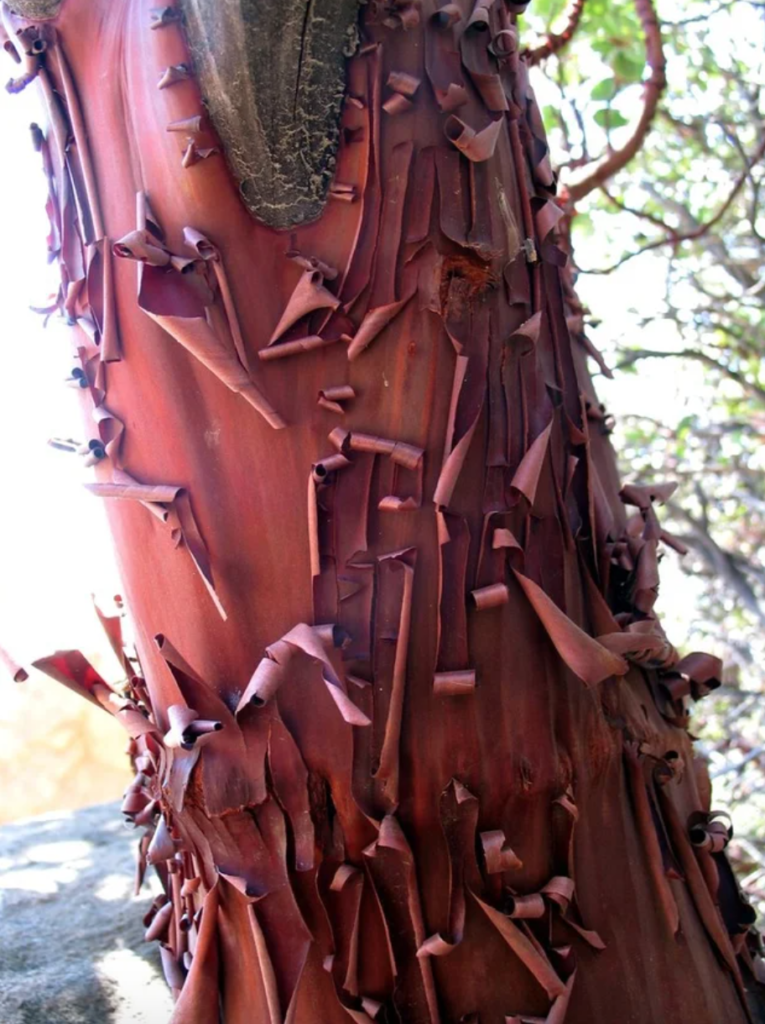
Manzanita trees are known for their smooth, reddish-brown bark that peels away to reveal a polished, mahogany-like appearance. These trees can be found in arid regions and exhibit a unique charm.
6. Mexican Sycamore (Platanus mexicana)
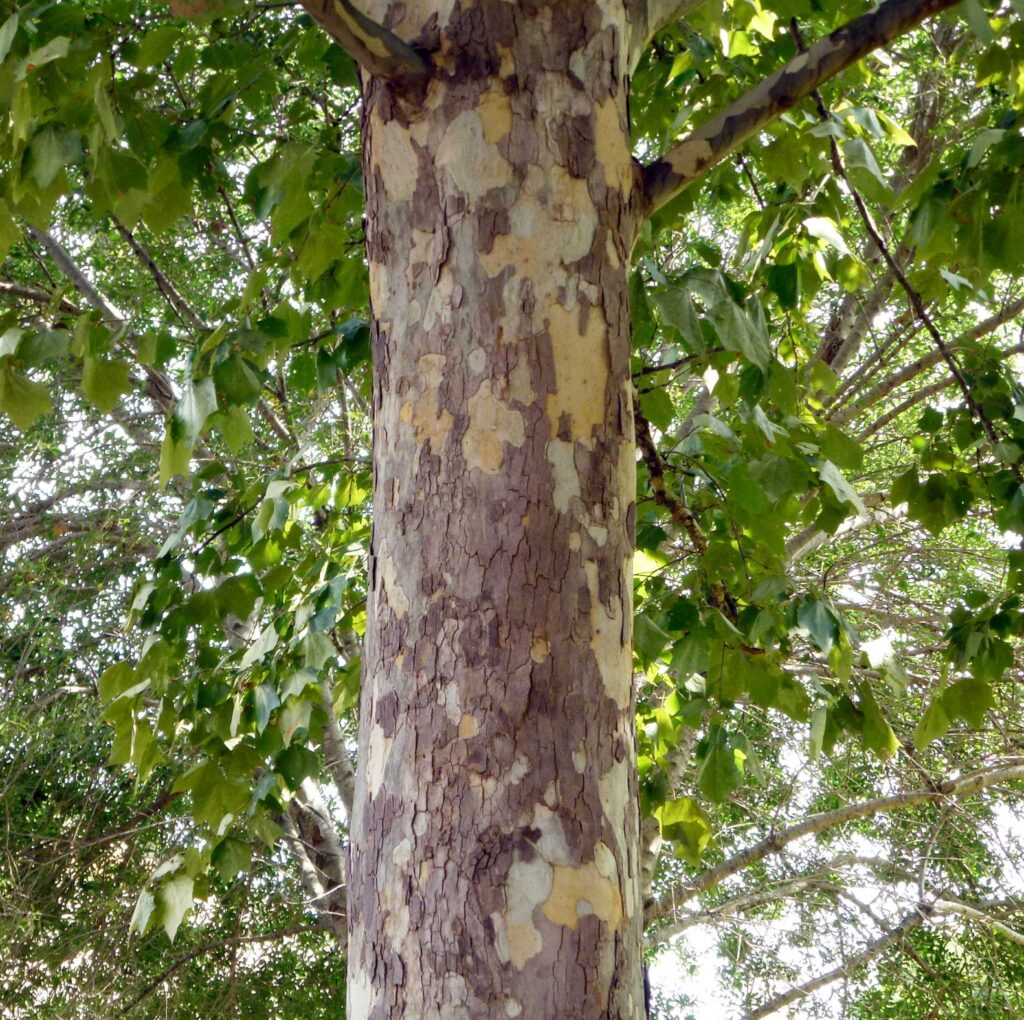
Mexican sycamores have mottled, smooth bark with a mix of gray, brown, and white colors. The bark’s pattern creates an interesting visual effect and adds to the tree’s overall appeal. These trees are native to Mexico and are well-adapted to hot and dry climates.
7. Smooth Bark Eucalyptus (Eucalyptus spp.)
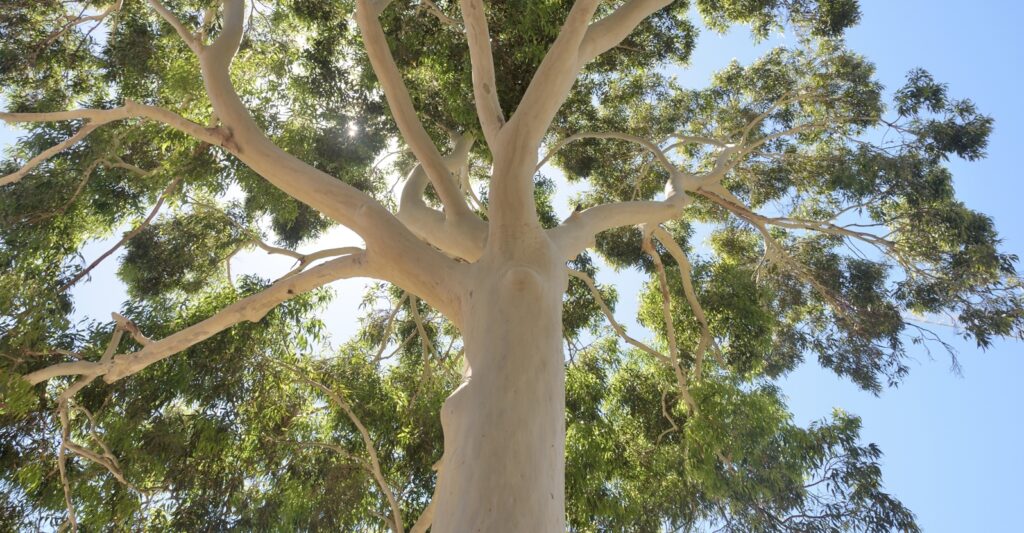
As the name suggests, smooth bark eucalyptus trees have smooth bark that varies in color and texture depending on the species. The bark can range from shades of brown and gray to cream or white.
This smooth bark provides a beautiful contrast to the tree’s foliage, and some species even exhibit peeling or shedding bark.
8. Desert Ironwood (Olneya tesota)
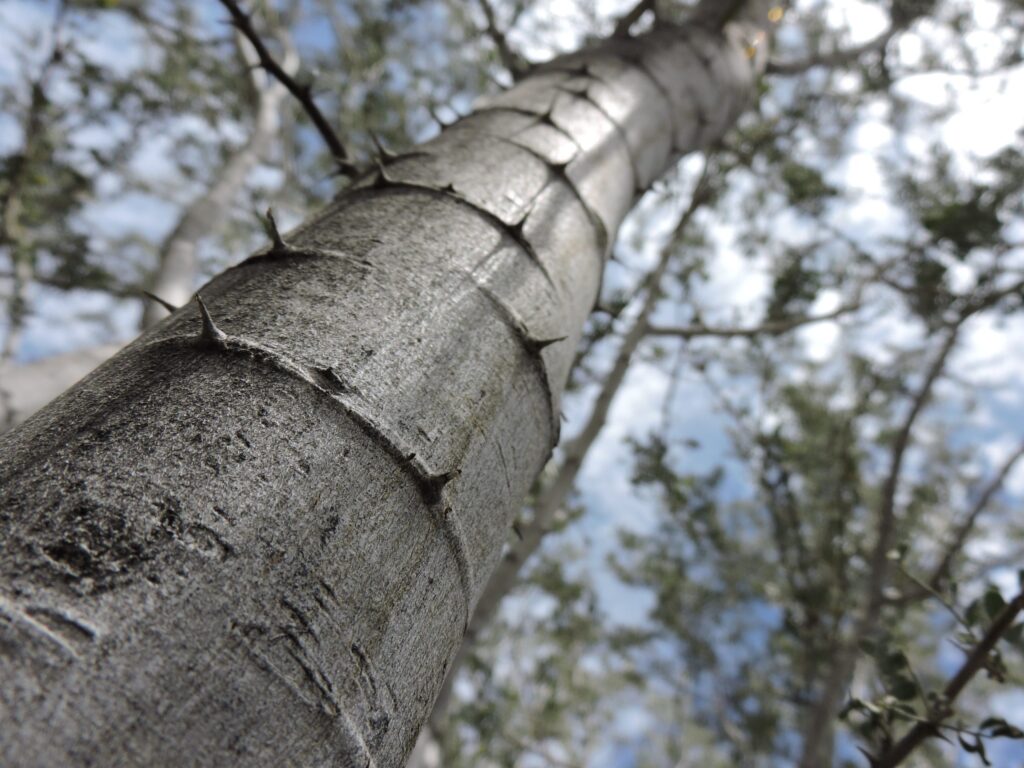
Desert ironwood trees have smooth, dark gray bark with unique patterns and textures. The bark is often fissured and displays intricate markings that add character to the tree.
These trees are native to the southwestern United States and northern Mexico and are well-adapted to arid desert environments.
9. Red Maple (Acer rubrum)
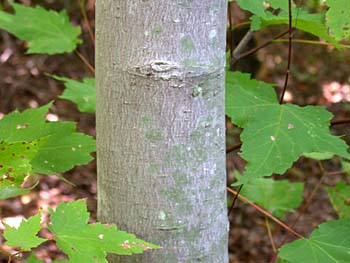
Red maple trees have smooth bark that is initially light gray but develops furrows with age. The bark’s texture and color provide a pleasing contrast against the tree’s vibrant red or orange foliage in the fall.
Red maples are native to North America and are widely planted for their ornamental value.
What is the Function of Tree Bark?
Tree bark serves a multitude of functions essential for a tree’s survival and well-being. It acts as a protective layer, shielding the tree from external threats such as pests, diseases, and extreme weather conditions.
Bark also prevents excessive water loss, regulates temperature, and plays a role in nutrient transport within the tree. Additionally, some tree barks contain chemical compounds that deter herbivores and help in defense against potential threats.
Other Bark Characteristics
While smooth bark is a notable feature, it’s essential to recognize that tree bark can come in various textures and patterns. Some trees have rough, deeply furrowed bark, while others exhibit scaly, peeling, or corky bark. Bark texture and appearance can change with age, making it an important characteristic to consider during tree identification.
Besides texture, bark can also offer clues about a tree’s species. Color, pattern, and unique markings can aid in distinguishing one tree from another. For instance, some barks feature horizontal lenticels, which are small pores that allow for gas exchange.
Understanding the different bark characteristics and their significance is crucial for identifying trees accurately and appreciating the diverse beauty found in the natural world.

